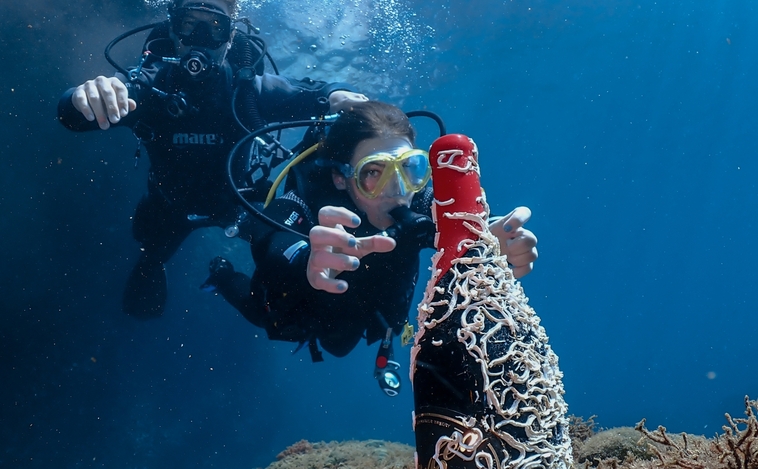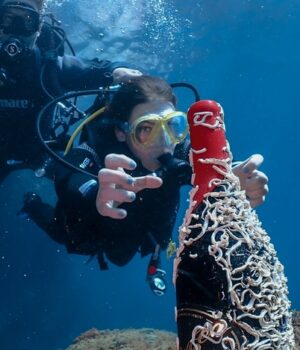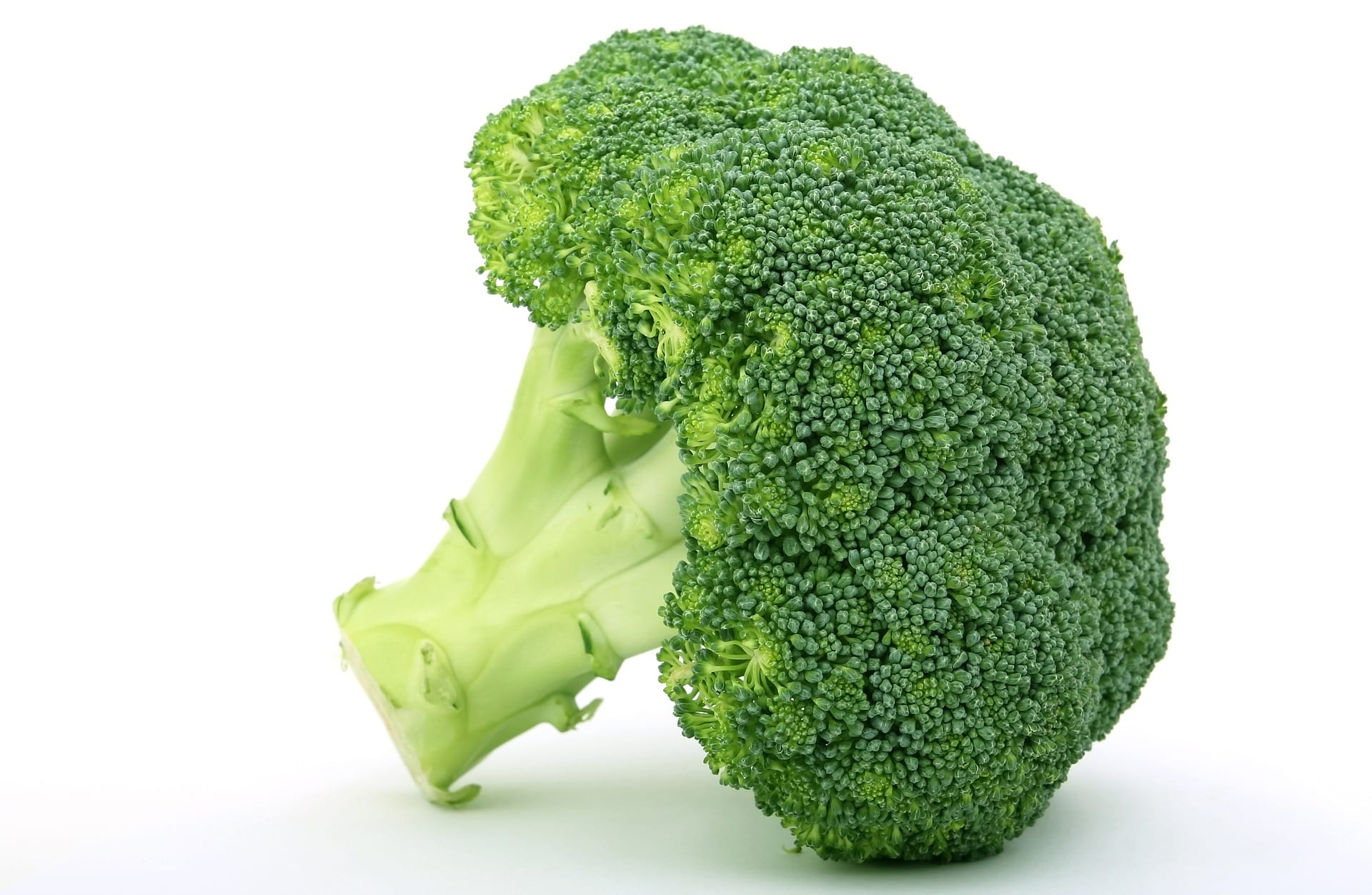There is more and more talk about the marine wines. As is logical, when faced with something so striking and unknown, a lot of mysticism. However, this kind of drinks does not hide many mysteries. How is it really different?
How are the marine wines?
En 2010 several divers found 47 bottles of Veuvve Cliquot de 1840 among the remains of a shipwreck in the Baltic Sea. This one was going to the Russian court but never reached its destination. However, the researchers were surprised by the state of preservation. But why?
We must bear in mind that the conditions of the seabed are constant. They always have the same temperature, moisture y presión. These factors accelerate the aging of the wine. That is why they acquire character very quickly.
As an example, we can mention that between seven and nine months better results are obtained underwater than in 18 on the surface. In the case of white wines, the process is only three or four months.

In addition, marine wines obtain an aftertaste of saline notes. It is not true that they taste of the sea. However, there are perceptible nuances. For example, they have a lower alcohol content. They can also extend their life in better conditions than terrestrial wine. This is possible thanks to the absence of oxygen, lack of light, constant temperature and the movement of the current. Thus, slower aging is achieved.
How much do they cost?
There is an unfounded belief that underwater wines are a luxury within the reach of a few. Nothing is further from reality. For example, the bottle of Maris Monastrell Wine y Fine Maris Chardonnay, with DO Alicantee, are submerged at 30 meters in steel cages off the coast of Calpe. reach the $50 for bottles. Meanwhile, the sparkling wines from the Italian winery Bisson worth 65. While it is true that the complex process makes the product more expensive, the prices are not always prohibitive.
It is also curious that the wineries as such are an attraction for the most adventurous oenologists. There are different wineries that offer diving tours in the places where they leave the wine in cages. One of them is Tendal Wines, associated with Diving Club Cueva Bonita de La Palma. There is also no shortage of tastings on board the ship in this kind of experience.
Without a doubt, underwater wines enrich the experience of having a drink with so much personality. In addition, they are respectful of the marine environment and can help raise awareness about its preservation. Do you think we will hear more and more about these?







